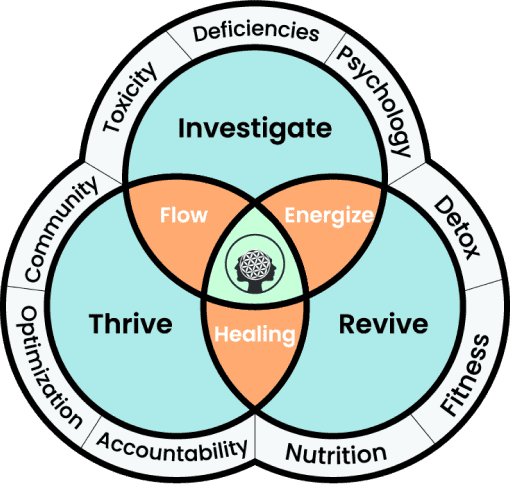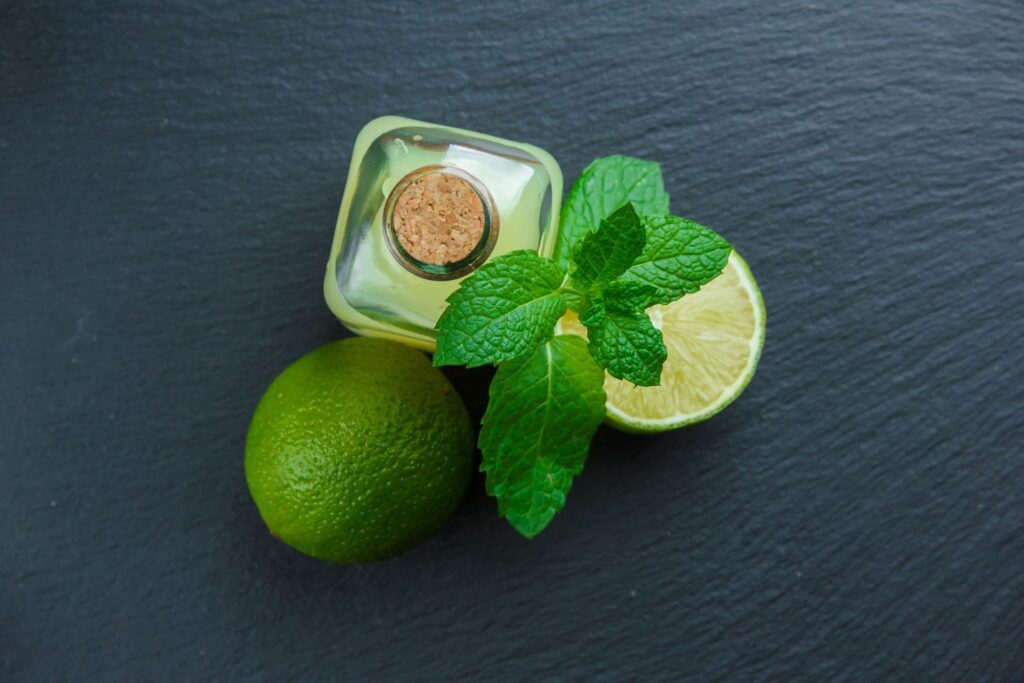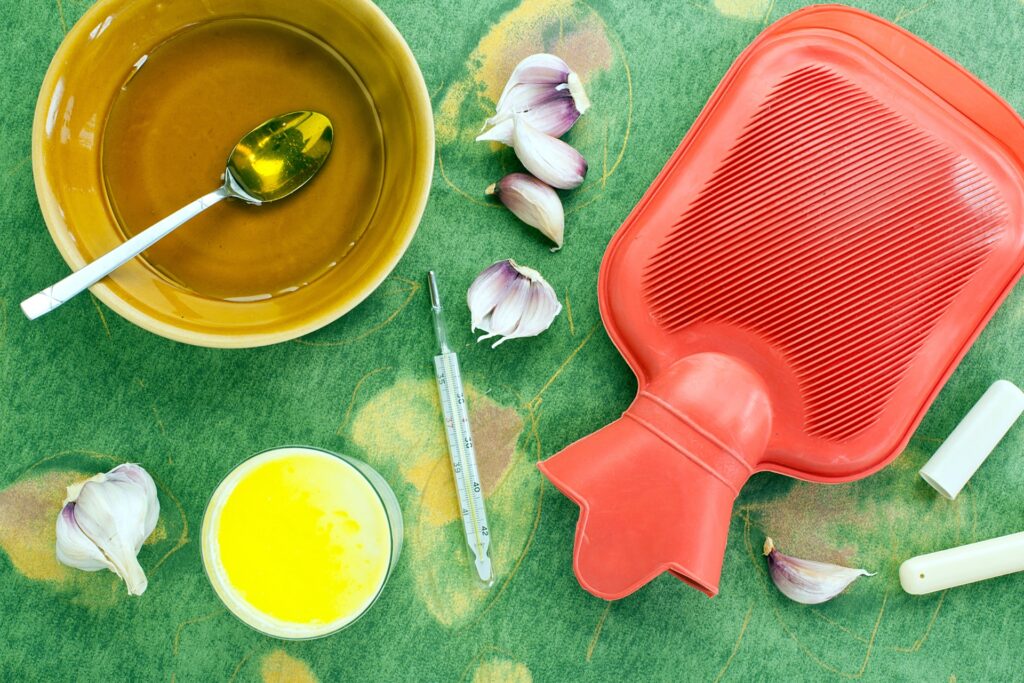What is Reflexology?
Reflexology is a type of massage where different amounts of pressure are applied to the feet, hands, and ears. People who practice reflexology are called reflexologists.
It is based on a theory that these body parts are linked to specific organs and systems of the body. Applying pressure to these parts offers a range of health benefits.
To find out more about how reflexology works, and whether it is worthwhile for you to try, continue reading.

How it works?
Reflexology has long been used in many different cultures for healing purposes, and combined with various techniques.
Ayurvedic reflexology
Reflexology has long been a part of effective Indian holistic healing practices
Reflexology is used in Ayurvedic medicine to relax people and release the toxins gathered in their body. Some Indian Reflexology focuses on marma points – marma points are energy points in the body used for healing in Ayurveda.
These points are like acupuncture points in Chinese Medicine. A massage is performed using 107 Marma points that are used to correct energy flows throughout the body. Among the Ayurvedic therapies, this is the most pleasurable and relaxing massage technique.
The main focus in this practice is on establishing a subtle balance among the various energy systems of the body. This is achieved through channeling the flow of vital energy effectively.
For both the mind and the body to work properly, it is necessary for the vital energy to flow freely.
Throughout the body, the vital energy (prana) flows through micro energy channels. Alongside these channels are some vital energy centers known as marma points.
The marma points help optimize vital energy flow within the body. Due to the fact that more marma points are found on hands and feet, Ayurvedic Reflexology sessions benefit the whole body from hand and foot treatments.
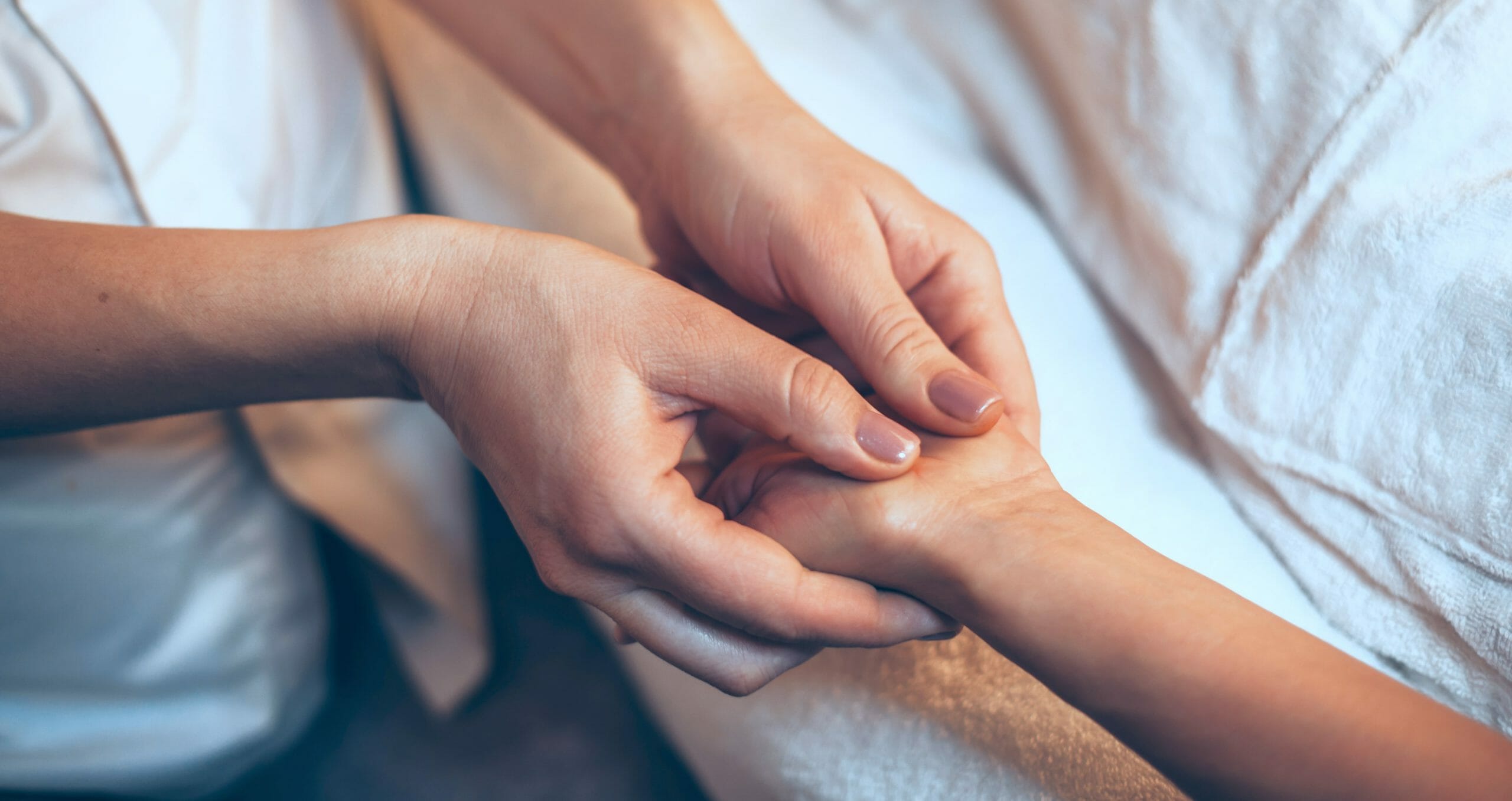
Chinese reflexology
Reflexology in Chinese Medicine is based on Qi. Qi (pronounced chee) or vital energy, is an ancient Chinese belief. According to this belief, energy flows through a person’s mind, body, and spirit. When people are stressed, their body blocks qi.
Reflexology aims to keep qi flowing through the body, making sure it is balanced and free from illness.
In Chinese medicine, different parts of the body correspond to different pressure points on the body. Reflexologists use maps of these pressure points in the feet, hands, and ears to determine where to apply pressure.
Their touch is believed to send energy through a person’s body until it reaches the area that needs healing.
Reflexology with essential oils
Essential oils are gaining in popularity and are a key component to the most sophisticated techniques of reflexology. By combining essential oil aromatherapy to stimulate the brain with a massage designed to open your energy flows – one can receive powerful restorative benefits.
Here’s a list of benefits you can expect to get from this method:
- Immune Support
- Stress Reduction
- Better Sleep
- Pain Relief
- Skin Support
- Increases Energy & Stamina
- Promote and encourages natural healing and relaxation
- Clearer mind, free from mental blocks
Other explorations of reflexology
In the late 1800s, British scientists discovered that nerves connect the skin and internal organs. The researchers also discovered that the nervous system as a whole tends to adjust to external factors, including touch.
An effective reflexologist’s touch can calm the central nervous system, promoting relaxation, among other benefits just like any other kind of massage.
Others theorize that the brain creates pain as a subjective experience. Sometimes, the brain reacts to the sensation of physical pain. Sometimes, it creates pain as a response to emotional or mental distress.
Some people believe reflexology can relieve pain through calming touch, which may improve one’s mood and reduce stress.
The zone theory is another belief that is used by some to explain how reflexology works. According to this theory, the body is split into 10 vertical zones. Each zone consists of different body parts and corresponds to specific fingers and toes.
The zone theory advocates believe that touching these fingers and toes will enable them to reach every part of the body in a particular zone.
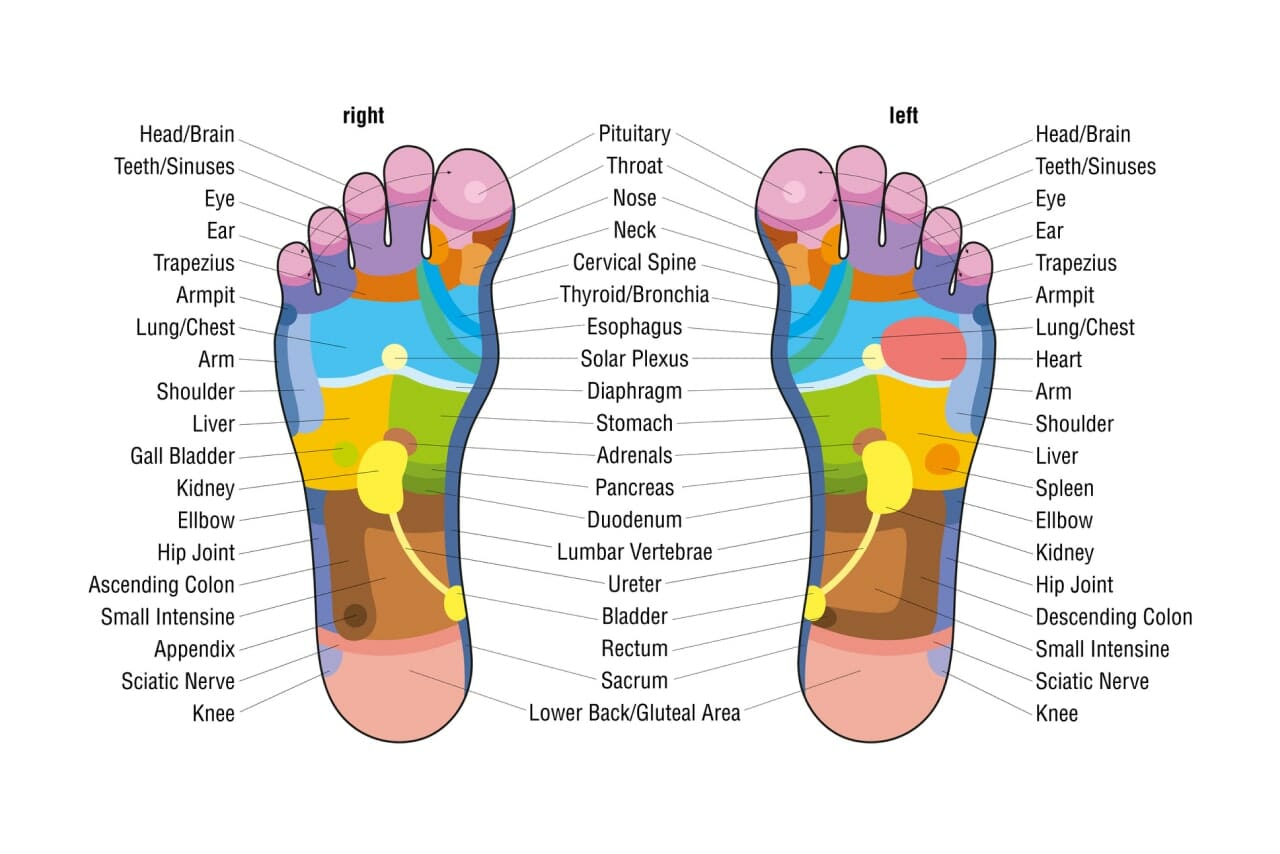
Finding a reflexologist near you
We recommend searching for an experienced reflexologist. For the best results, your reflexologist should have an understanding of essential oils, aromatherapy, and how to combine them with your foot massage. Look for certified Reflexologists.
Benefits
Reflexology is linked to many potential benefits.
- Reduced stress and anxiety
- Improved general well-being
- Reduced pain
- Lifted mood
Reflexology has also been reported to help:
- Recover from back problems
- Correct hormonal imbalances
- Boost fertility
- Boost the immune system
- Fight cancer
- Get over colds and bacterial infections
- Clear up sinus issues
- Improve digestion
- Ease arthritis pain
- Treat nerve problems and numbness from cancer drugs (peripheral neuropathy)
Research
Reflexology has value as a complementary therapy to help relieve symptoms and enhance someone’s quality of life. For some people, because the massaged area is on the feet, it will provide even more relief of stress or discomfort.
What is the research saying about using reflexology to manage pain and anxiety?
Pain
240 women with advanced breast cancer were studied in 2011 to examine how reflexology treatments affect them. The study was funded by the National Cancer Institute. Each woman was receiving medical treatment, such as chemotherapy, for her cancer.
Study results show that reflexology reduces some of their symptoms, including shortness of breath. The participants also reported an improved quality of life.
The effects of reflexology on pain in women experiencing premenstrual syndrome (PMS) have also been examined by experts. Researchers examined the effects of ear, hand, and foot reflexology on 35 women previously reported to have PMS symptoms in an older study.
Women who received two months of reflexology reported significantly fewer PMS symptoms than those who did not.
Anxiety
In a study published in 2000, researchers examined the effects of a single 30-minute foot reflexology treatment on people treated for breast or lung cancer. The participants who received a reflexology treatment experienced lower levels of anxiety than those who did not receive a reflexology treatment.
In a slightly larger study conducted in 2014, researchers gave people who had heart surgery a 20-minute foot reflexology treatment once a day for four days. Researchers found that people who received the reflexology treatment reported significantly lower levels of anxiety than those who did not.
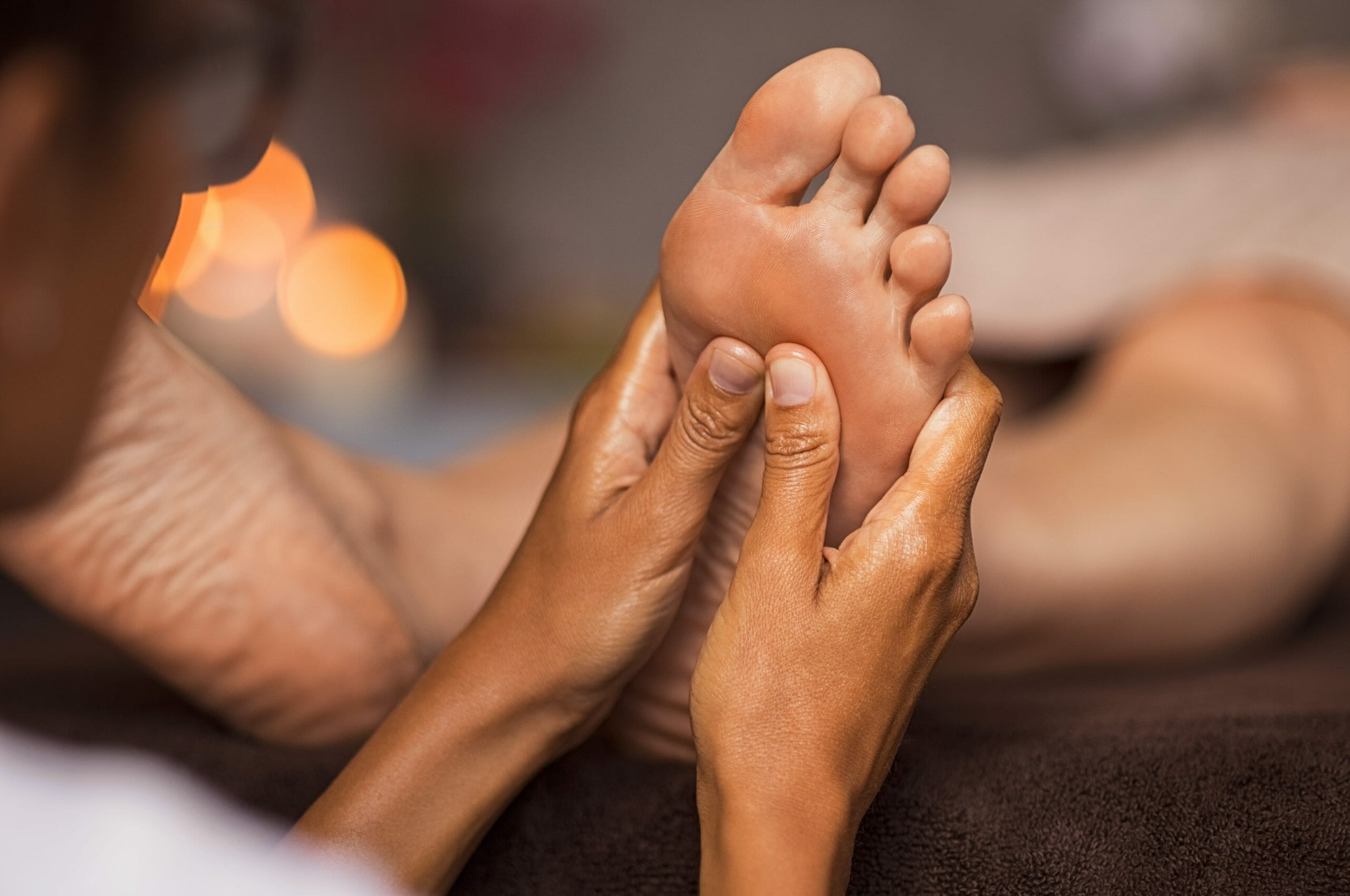
Is reflexology safe for me?
Generally, reflexology is very safe, even for people living with serious health conditions. Reflexology is seen as an essential complement to any healing regimen. If it’s something you’re interested in, it may be worth trying as it’s non-invasive and comfortable to receive.
Talk to your doctor first if you have any of the following health issues:
- Circulatory problems in the feet
- Blood clots or inflammation of your leg veins
- Gout
- Thyroid problems
- Epilepsy
- A low platelet count or other blood problems, which can make you bruise and bleed more easily
- Foot ulcers
- Fungal infections, like athlete’s foot
- Ppen wounds on your hands or feet
Reflexology may still work for you if you have any of these issues, but you should take some precautions to keep away from any adverse effects.
Warning
Make sure your reflexologist is aware if you’re pregnant before your session, since some pressure points can trigger contractions. Do not use reflexology to induce labor without your doctor’s approval.
There are risks of premature delivery, and babies remain healthy if they are born at 40 weeks of gestation.
Reflexology Side Effects
Some people encounter mild side effects after receiving reflexology treatment, such as:
- Lightheadedness
- Emotional sensitivity
- Tender feet
These are, however, short-term side effects that tend to go away shortly after treatment.
Conclusion
Reflexology is a helpful complementary treatment, especially for stress and anxiety. Reflexology can be performed with a variety of different techniques to deliver different therapeutic benefits.


